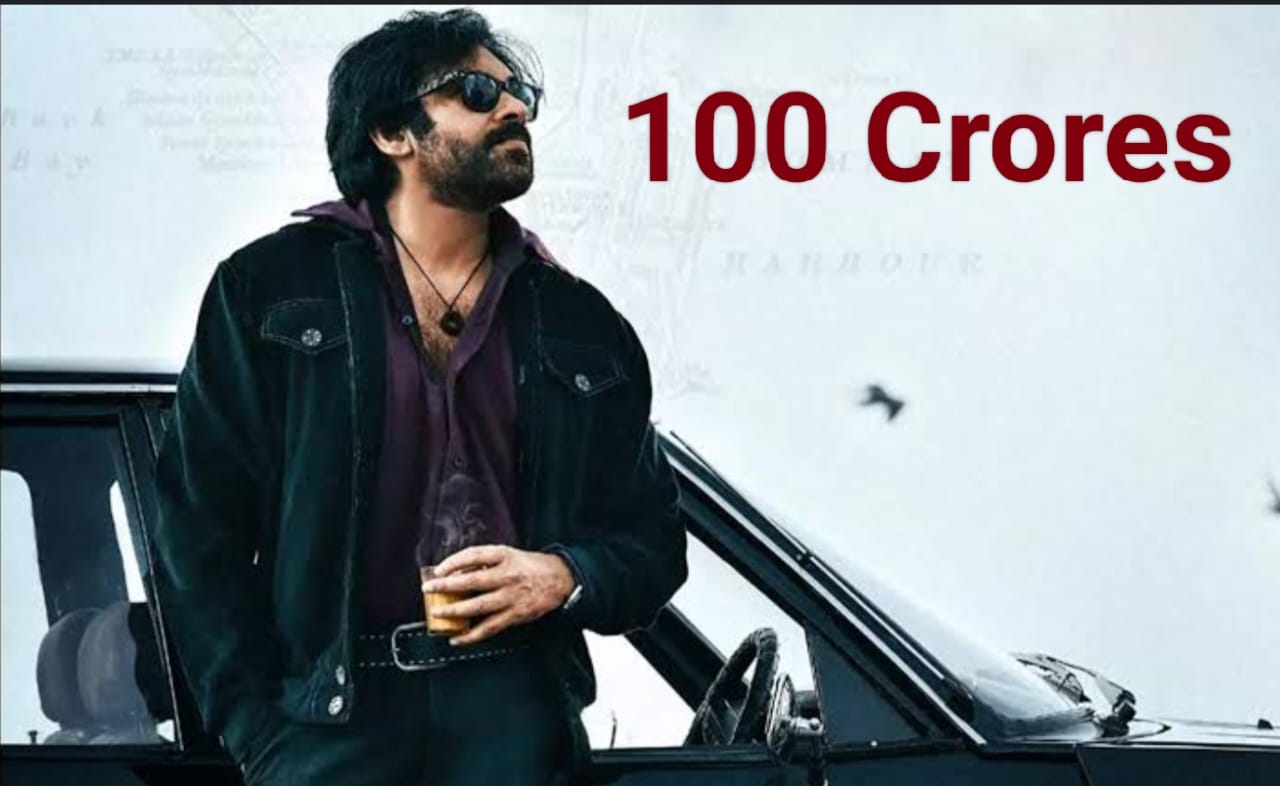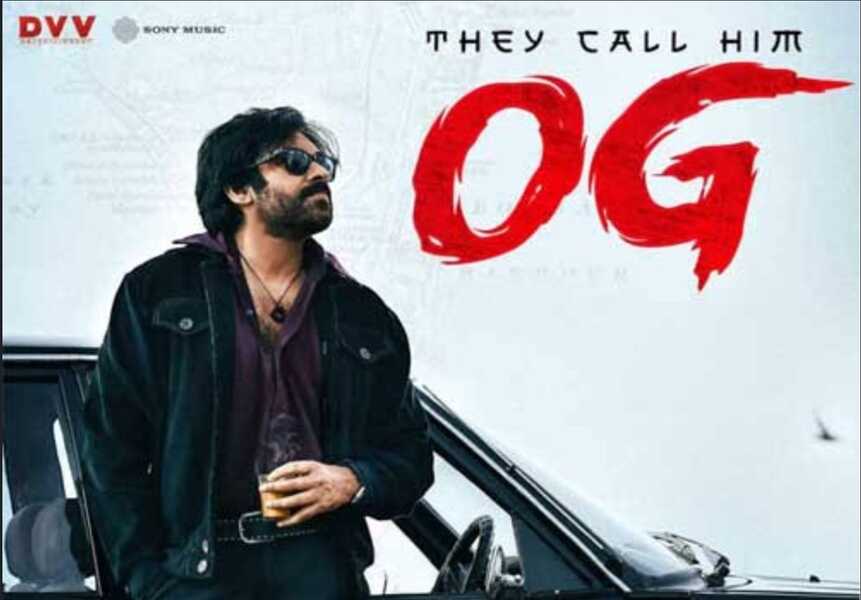Article Today, Hyderabad:
The upcoming film OG, starring actor and politician Pawan Kalyan, has triggered debate in the Telugu film industry. Reports suggest that the actor has charged Rs.100 crore as remuneration, raising questions about the sustainability of star-driven budgets. Industry observers note that much of the financial planning depends on fan-driven ticket sales, with criticism that the burden eventually falls on ordinary viewers.
Remuneration and Budget Share
With an estimated production budget of around Rs.250 crore, nearly half is reportedly allocated to the actor’s fee. By contrast, other cast and crew members have received far smaller amounts. Actor Emraan Hashmi is said to have been paid Rs.5 crore, while actress Priyanka Mohan received Rs.2 crore. Director Sujeeth is estimated to have been paid between Rs.6 crore and Rs.8 crore, and music composer Thaman Rs.5 crore. Together, these figures do not match the scale of the lead actor’s package. Analysts caution that when a large share of expenditure is concentrated on one remuneration, it can affect both film quality and cost recovery strategies.
Impact on Audiences
Producers often transfer such high costs to audiences through premium pricing. Special shows and higher ticket rates in the initial days of release have become common in big-budget films. Critics argue that this practice impacts fans directly, many of whom come from economically weaker sections. The balance between stardom and affordability remains a key concern for the industry.
Box Office Prospects
Despite the debate, OG has recorded strong advance bookings, with estimates suggesting Rs.50 crore collected even before release. Pawan Kalyan’s immense popularity and fan following continue to drive these numbers. However, the scale of his remuneration has also invited political and social scrutiny. Questions are being raised about the contrast between his public role as a people’s representative and the commercial scale of his film career.
Broader Debate
Film analysts point out that the current model of heavy dependence on star remuneration raises broader questions about the economics of the industry. While high fees may reflect market demand, they also create structural challenges for producers and audiences alike. Observers suggest that sustainable practices, balancing artistic quality with commercial viability, are necessary to ensure long-term growth in the Telugu film sector.



